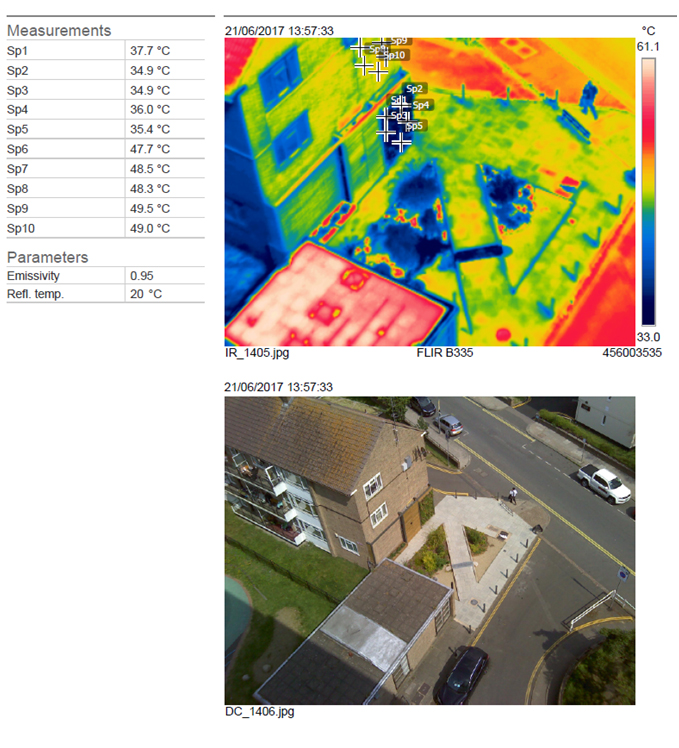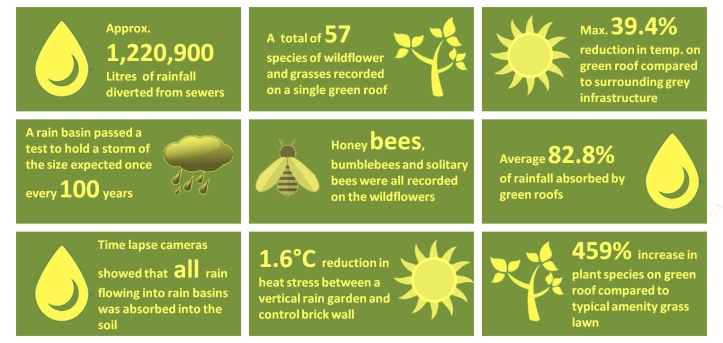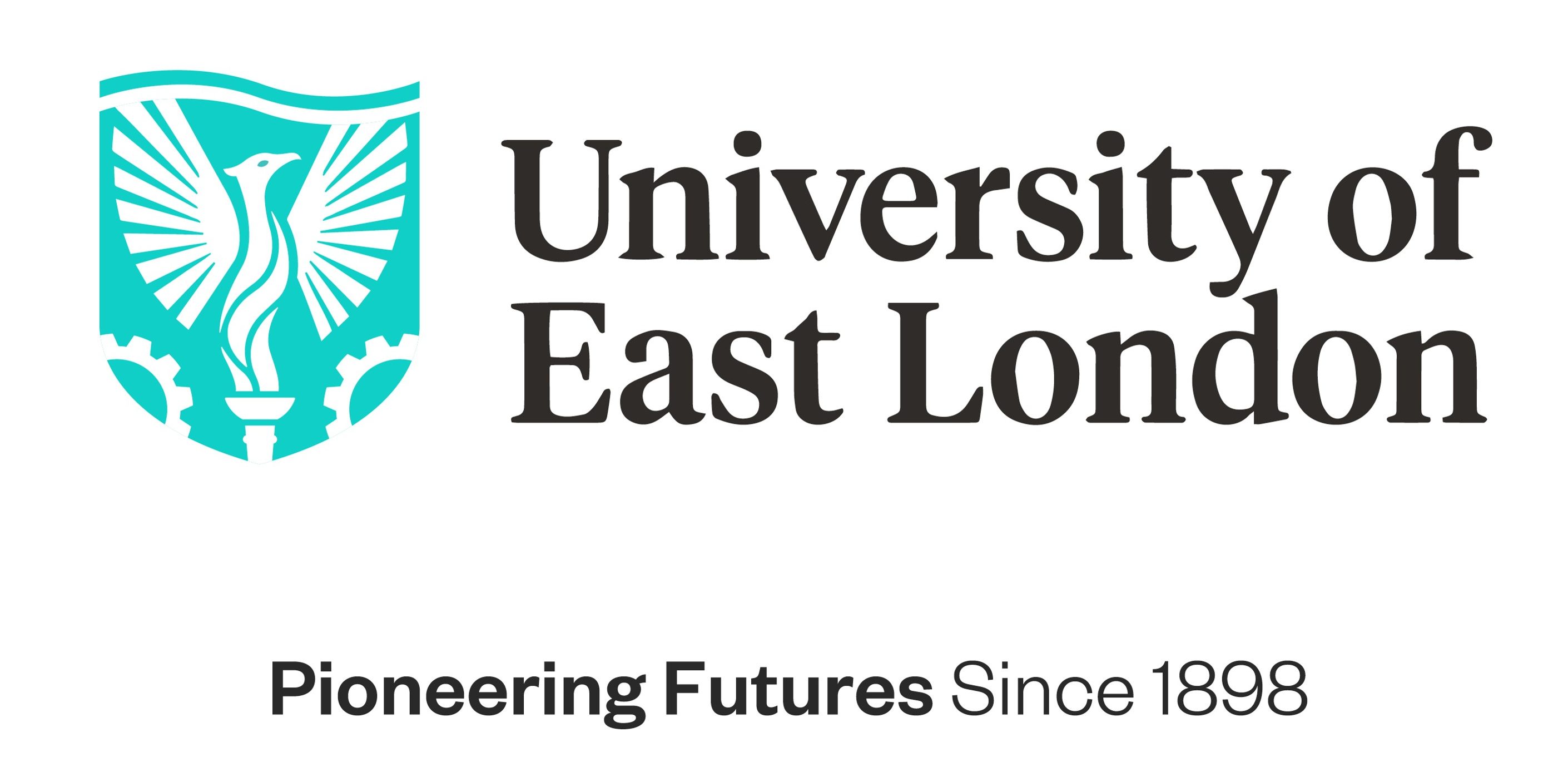London Borough of Hammersmith and Fulham Climate Proofing Housing Landscapes Monitoring – Year 2
The SRI have just completed a major green infrastructure survey and data analysis project. The data came from the second year of monitoring of a series of Nature-based Solution features that were installed as part of an EU LIFE+ project led by Groundwork London and Hammersmith & Fulham Council. The two project leads worked with local residents and a range of Nature-based Solution practitioners and stakeholders to design and implement climate change adaptation measures on three housing estates in the borough. The climate change adaptation measures designed and installed were focused on green infrastructure principles and multifunctional solutions that provided environmental, social and economic benefits for the local communities. The aim of the project was to create a better environment for residents and make the housing estates more resilient and adapted for the future.

To achieve the adaptation for climate change, a series of different Nature-based Solutions were retrofitted across the estates with the aim of:
- managing stormwater;
- providing respite areas on hot days;
- increasing biodiversity and, thus, residents contact with nature;
- providing opportunities for outdoor activity and social interaction.
The measures included large- and small-scale green roofs, Sustainable Drainage System (SuDS) rain gardens, swales and detention basins, a green wall (vertical rain garden), wildflower planting, raised beds and a mini-orchard. In order to ensure that lessons were learned from this process, to underpin the roll-out of similar schemes, it was vital that the benefits derived from these interventions were quantified.

UEL’s Sustainability Research Institute were commissioned to carry out a programme of retrofitted monitoring to assess the biodiversity, water attenuation and thermal benefits of the green infrastructure interventions. Monitoring comprised a diverse range of technological (and more manual) methods to capture the environmental (ecosystem service) benefits. This included:
- the use of time-lapse cameras to monitor the performance of ground level SuDS basins and rain gardens;
- flow rate and pressure sensors to monitor run off from green and grey roofs and infiltration rates in swales and rain gardens;
- simulation of storm events to assess how the SuDS features would perform under the extreme rainfall conditions for which they were designed;
- thermal camera images to quantify the difference in temperature between greened surfaces and grey (hard infrastructure) surfaces;
- thermal monitoring to investigate any reduction in heat stress associated with proximity to the green wall;
- biodiversity surveys to quantify floral diversity on green roofs;
- weather stations to monitor weather patterns on site.

Results from the second year of survey demonstrated that the retrofitted green measures continued to perform a range of valuable services to residents and the borough.
Highlights of the monitoring included:
- the combined SuDS features diverting approximately 1,220,900 litres of rain water away from the combined sewer system;
- an average of approximately 80% of rainfall being absorbed by the small-scale green roof;
- a swale capturing, storing and infiltrating a 1 in 100 year simulated rain event even during the winter period when the ground would be expected to be more saturated;
- a total of 57 species of wildflower and grasses on a single green roof;
- an approximately 40% reduction in temperature on a green roof compared to a control roof on a hot summer day.
We hope that these results will provide further evidence to support the roll-out of Nature-based Solutions in the London Borough of Hammersmith and Fulham, across London and globally. Monitoring the effects of such interventions makes a vital contribution to the expanding evidence-based on Nature-based Solutions, and how they can represent cost-effective solutions to addressing many of the negative impacts of urbanisation and climate change.
More detailed information can be found in the monitoring report. An overview of the Climate Proofing Housing Landscapes project as whole and the results of the first year of monitoring can be found in the project report.


Aw, this has been an extremely nice post. In thought I must place in writing similar to this moreover – taking time and actual effort to create a great article… but what / things I say… I procrastinate alot and also by no indicates appear to get something accomplished.
LikeLike
Thanks. In the SRI we feel that it is really important to share the outcomes from our research. Glad you enjoyed it. Keep following us and hopefully there will be more of interest…..
LikeLike
[…] and Groundwork project to “climate proof” social housing through sustainable drainage systems, monitored by colleagues in the UEL Sustainability Research […]
LikeLike
[…] the use of weather stations, pressure sensors, and fixed-point cameras to quantify and qualify the rainfall capture and attenuation performance of the SuDS. These monitoring methods provided data to support the local authority in gaining confidence in the […]
LikeLike